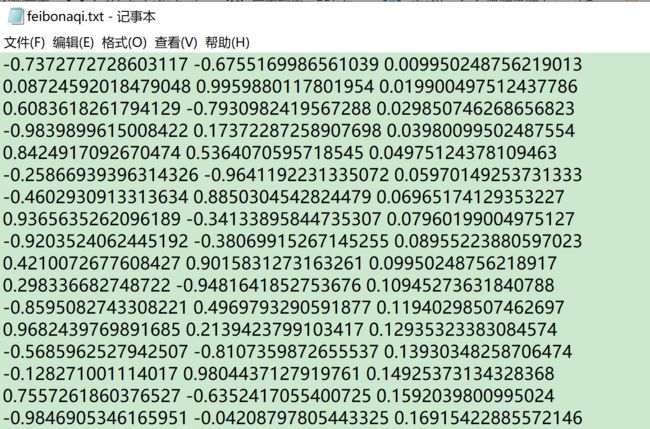【Fibonacci sphere sampling method】
在球面生成均匀的采样点——Fibonacci sphere sampling method
参考:DiLiGenT102: A Photometric Stereo Benchmark Dataset with Controlled Shape and Material Variation Supplementary Material


代码:
python
import numpy as np
import os
from scipy.spatial.distance import cdist
R = (1 + np.sqrt(5)) / 2
def sph_to_cart(sph_co_ords):
# allow for lack of r value (i.e. for unit sphere)
if sph_co_ords.shape[1] < 3:
theta, phi = sph_co_ords[:,0], sph_co_ords[:,1]
r = 1
else:
r, theta, phi = sph_co_ords[:,0], sph_co_ords[:,1], sph_co_ords[:,2]
x = r * np.cos(theta) * np.sin(phi)
y = r * np.sin(theta) * np.sin(phi)
z = r * np.cos(phi)
return np.array([x, y, z]).T
def fibonacci(co_ords='sph'):
# quasi-regular sampling using fibonacci spiral
i = np.arange(1,101)
theta = 2*np.pi*i/R
# arccos as we use spherical co-ordinates rather than lat-lon
phi = np.arccos(2*i/201)
if co_ords == 'cart':
return sph_to_cart(np.array([theta, phi]).T)
elif co_ords == 'sph':
return np.array([theta, phi]).T % (2*np.pi)
if __name__=='__main__':
verts = fibonacci( co_ords='cart')
# print(verts)
import matplotlib.pyplot as plt
from mpl_toolkits.mplot3d import Axes3D
fig = plt.figure()
ax = fig.add_subplot(111, projection='3d')
x = np.array([p[0] for p in verts if p[2]>=0])
y = np.array([p[1] for p in verts if p[2]>=0])
z = np.array([p[2] for p in verts if p[2]>=0])
for i,j,k in zip(x,y,z):
print(i,j,k)
print(len(x))
d = x ** 2 + y ** 2 + z ** 2
# print(d)
ax.scatter(x, y, z, c='r', marker='o')
ax.set_xlabel('X Label')
ax.set_ylabel('Y Label')
ax.set_zlabel('Z Label')
plt.show()
其中i = np.arange(1,101) 为1-100整数,共生成上半球面100个点。
matlab
[x,y,z] = sphere(50);
% 缩放球体并绘制
r = 1; % 半径设置为 1
x = x * r;
y = y * r;
z = z * r;
% 创建一个图形对象,并设置旋转模式
figure;
rotate3d on;
h_surf = surf(x, y, z, 'EdgeColor', 'none', 'FaceAlpha', 0.7);
% 定义旋转的速度和方向
w = 10;
v = [0 0 1];
% 循环旋转球体
% 计算每一帧旋转的角度
dtheta = w * pi / 180; % 角度转弧度
R = [cos(dtheta), -sin(dtheta), 0;
sin(dtheta), cos(dtheta), 0;
0, 0, 1];
% 旋转球体
xyz = [x(:) y(:) z(:)];
xyz_rotated = xyz * R;
x_rotated = reshape(xyz_rotated(:,1), size(x));
y_rotated = reshape(xyz_rotated(:,2), size(y));
z_rotated = reshape(xyz_rotated(:,3), size(z));
% 更新球体的坐标
set(h_surf, 'XData', x_rotated, 'YData', y_rotated, 'ZData', z_rotated);
hold on;
fid = fopen('D:\Users\time\Desktop\dataset\feibonaqi.txt', 'r'); % 打开文件
data = textscan(fid, '%f %f %f'); % 读取每一行数据并转换为浮点数
fclose(fid); % 关闭文件
x = data{1}; % x坐标
y = data{2}; % y坐标
z = data{3}; % z坐标
for i = 1:numel(x)
plot3(x(i), y(i), z(i), 'rp'); % 绘制球面上的一个点
end
xlabel('x'),ylabel('y'),zlabel('z');
